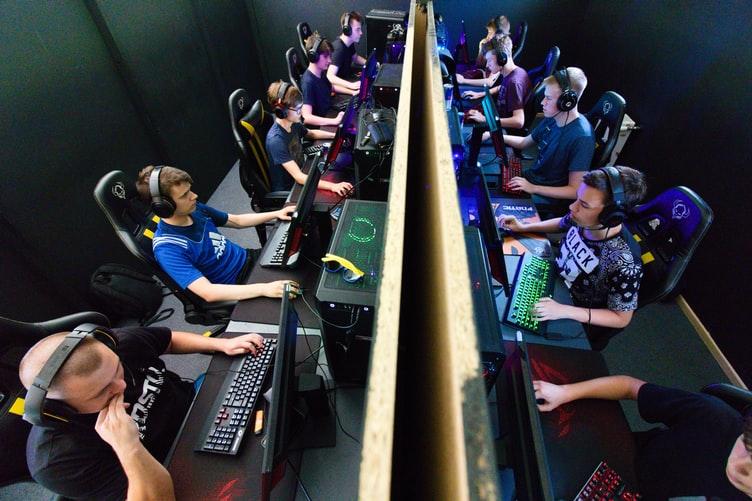Although electronic sports competitions have been going for some time, the contests were mainly between amateurs until the late 2000s. With the rise of professional gamers and an increase in spectatorship in the 2010s, eSports have recently become a big thing. Massive eSports tournaments with well-known players now happen all over the world inside big arenas with large crowds of fans. So, game developers are now actively designing games towards the professional eSports subculture. With the founding of The World Esports Association in 2016, the future is looking very promising for professional video game competitions.
The FIFA eWorld Cup Is Growing in Popularity
The FIFA eWorld Cup has seen millions of virtual football players from around the world competing since the competition launched in 2004. With a new trophy introduced in 2018, the eWorld Cup is set to become even more prominent. Since the world governing body for football FIFA became involved with game developers EA Sports, football clubs from around the world now have their own eSports players. However, despite the eWorld Cup taking place in London for three years in a row, West Ham and Manchester City are currently the only British clubs that employ players full-time. Meanwhile, nearly every football club in Germany now has eSports FIFA players. With a global audience of 160,000 for the eWorld Cup, it is no wonder more English clubs are looking to get involved with virtual football. Whether eSports footie could ever become more popular than real-life football remains to be seen.
Expect to See More Diverse Game Genres
Not all eSports are about playing football, of course, but the majority of eSports fall into a few major genres. In terms of participation, Multiplayer Online Battle Arena games like League of Legends, Smite, Dota 2, and Heroes of the Storm are some of the most popular. These MOBA games are presently the respected top dogs of eSports, due to the level of skill and strategy required by players. However, MOBA games can sometimes be difficult for viewers to follow. So, more accessible game genres are on the rise, in the hope of gaining a wider audience.

The Expansion of Leagues Around the World
For eSports to gain sponsorship from major advertisers and have bigger budgets, the games need to exist on regional, national, and global levels in the way traditional sports do. Most marketing money is presently spent only at a local level. Only the mighty League of Champions has a global league infrastructure, while regional league structures are more common in most locations around the globe. In the future, you can expect to see tournament organisers finding parties to make eSports leagues into a global phenomenon akin to traditional sports.
The Increase of Regulations
With big money in prize pools now available to winners of eSports competitions, and increased spending on eSports betting, new rules and regulations are needed to combat match-fixing and cheating. In an attempt to solve the problem of cheaters using software manipulation techniques and performance-enhancing drugs, some betting companies have become advocates for more eSports rules and regulations. In the future, you are sure to see more tracking of in-game data, the use of software to detect irregularities, and other measures being imposed to create safe and fair gameplay.
The Increase of Prize Money
The annual Fortnite World Cup contest sees international gamers playing the shooter-survival video game Fortnite. With a total of 30 million US dollars in prize pool money available to winners, it is easy to see just how big eSports are becoming. The prize money in major eSports tournaments has risen massively recently. Indeed, you can now win more cash in some eSports events than you would at the Masters Golf Tournament or Wimbledon. With an expanding viewer base and eSports gaining more mainstream media headlines, you are sure to see more big money on offer as prizes in the future of eSports.
For even more news from the Rising World of eSports Head here








You must be logged in to post a comment.